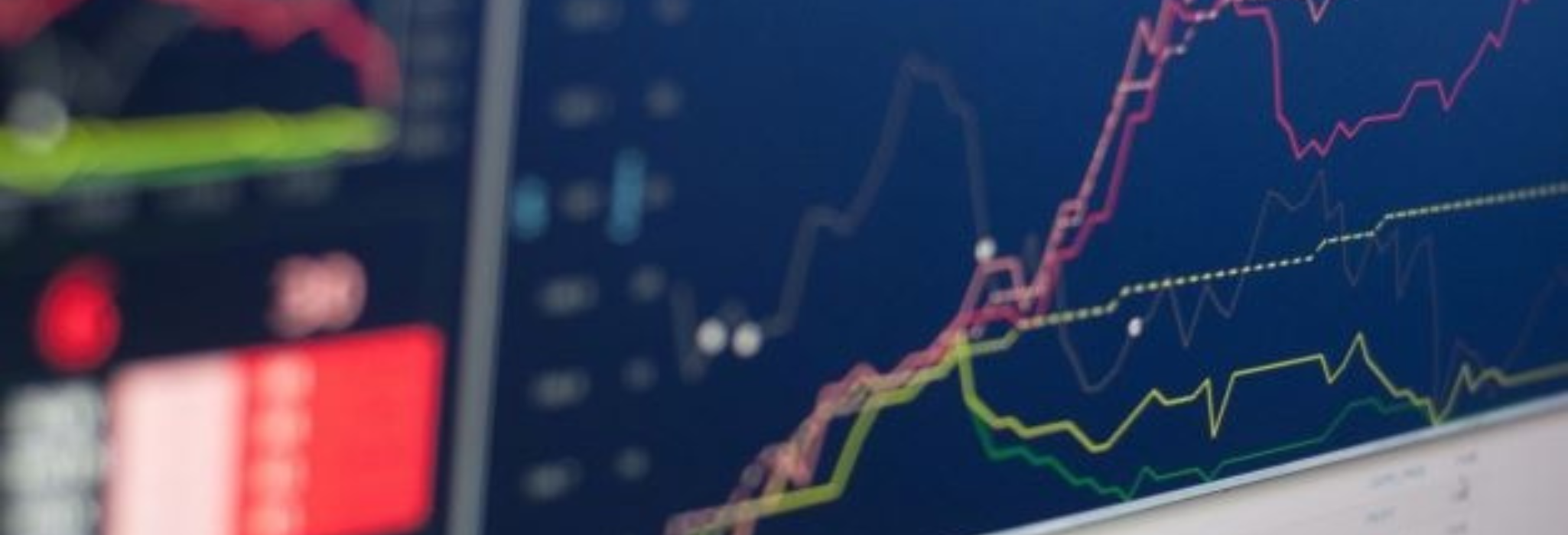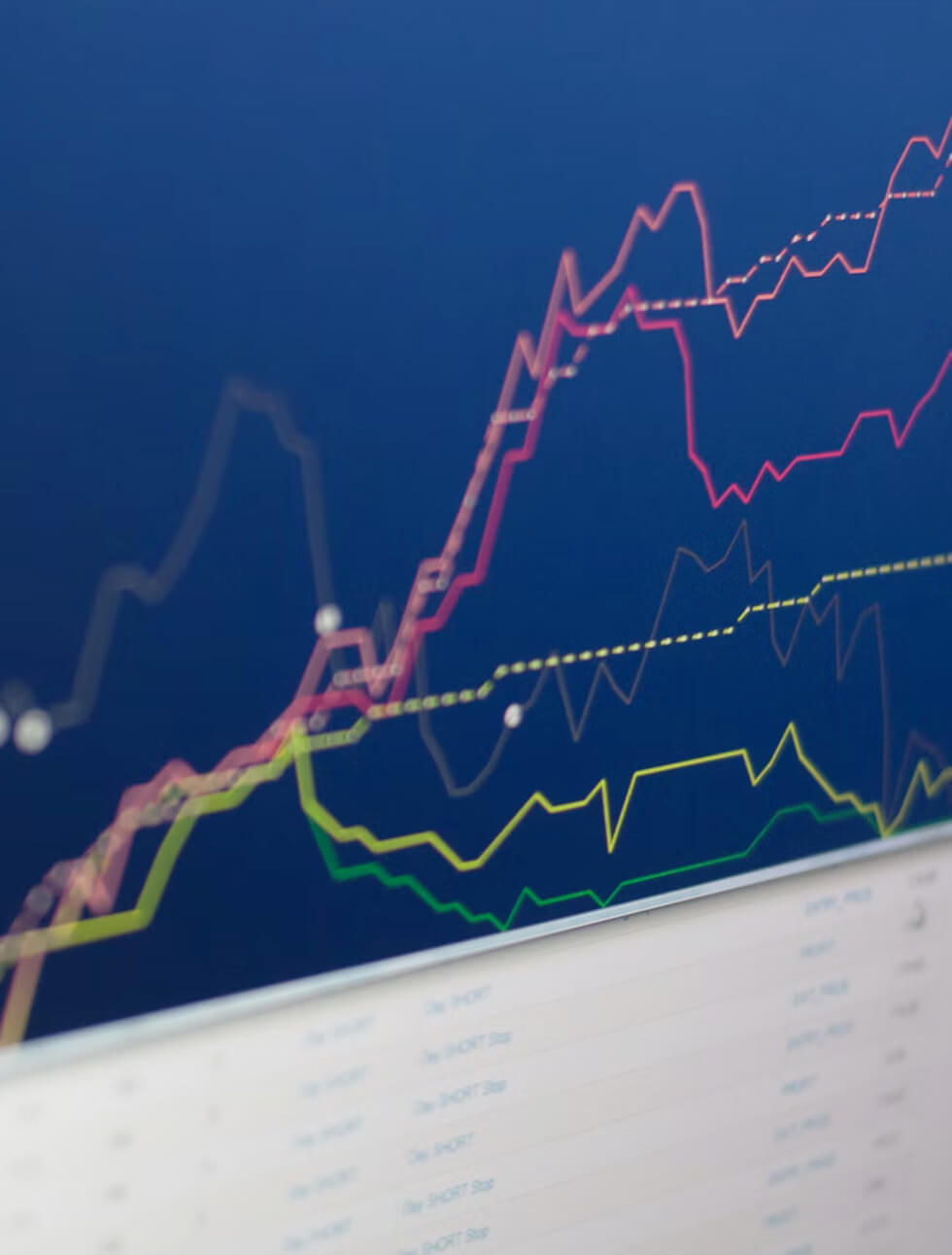As we approach the end of the first quarter of 2023, the global interest rate level remains a pressing question that has yet to be answered. Persistent inflationary pressures and the recent banking crisis have impacted both the United States and the Eurozone, contributing to the uncertainty.
Traders are noting the importance of cautious policymaking in light of delicate bank confidence, as the outlook remains uncertain. In Europe, markets anticipate a significant uptick in inflation, which has led to additional interest rate hikes. Meanwhile, the decline in U.S. Treasury yields and apprehension surrounding banks have led investors to seek refuge in established big cap technology companies, resulting in the Nasdaq poised to experience its most successful quarter in over two years.
However, it is worth noting that European markets have exhibited strong performance in comparison to their US counterparts, largely attributed to the significant drop in energy prices and headline inflation. Despite the steady climb of equity indices across the US, Asia, and Europe, investors remain wary of the possibility of the recent banking crisis resurfacing.
Central banks globally have taken measures to mitigate potential risks by providing necessary liquidity and other solutions to financial institutions.
Additionally, although the headline Consumer Price Index (CPI) is experiencing significant declines, the persistence of core prices is causing apprehension among policymakers at the European Central Bank (ECB), which is expected to continue hiking rates.
Amid the economic uncertainty, the recent banking turbulence has sparked a surge in demand for safe haven assets, driving the price of Gold to reach a remarkable milestone of $2,000. This significant increase marks the largest rise since the summer of 2020, highlighting the strength of Gold’s appeal as a refuge in times of economic uncertainty.
Friday, the Federal Reserve’s favoured measure of inflation showed a smaller-than-anticipated increase in February, providing hope that policymakers may be able to ease up on their aggressive measures to combat high prices. Specifically, the core Personal Consumption Expenditures (PCE) Price Index, which excludes the volatile food and energy sectors, declined to 4.6% in February against the 4.7% expected.




